All-new for its fifth generation, Toyota’s luxury sedan, the Avalon, has been at the top end of the line-up since its launch in the 1994-’95 model yea
…
All-new for its fifth generation, Toyota’s luxury sedan, the Avalon, has been at the top end of the line-up since its launch in the 1994-’95 model year, when it replaced the Cressida.
Assembled in Georgetown, Kentucky, as it has been for more than two decades, and conceived by Toyota’s U.S.-based design, engineering, and manufacturing entities at Calty Design Research Inc. in Ann Arbor, Michigan and Toyota Motor North America Research and Development in Saline, Michigan; Avalon received an all-encompassing makeover for 2019. Toyota’s flagship is built on Toyota's New Global Architecture (TNGA) platform, constructed to improve handling, lower the vehicle’s center of gravity and decrease the levels of noise, vibration and harshness in the cabin.
Offered with either of two power systems -- a fuel-efficient 3.5-liter V-6 or Toyota Hybrid System (THS II) powertrain, the 2019 Toyota Avalon also presents such Toyota-firsts as standard Apple CarPlay and available Dynamic Auxiliary Turn Signals, available authentic Yamaha wood and aluminum cabin accents, and Engine Sound Enhancement. In addition, Toyota has installed standard passive and active safety benefits through Toyota Safety Sense P, and promises athletic handling from its available Adaptive Variable Suspension. Sadly, All-Wheel-Drive is not available.
Coming right at you, Avalon is, well, aggressive. Avalon exhibits a HUGE grille. Did I day huge? Yes, and you DO notice Avalon when you see it. Muscular, with a stretched cabin and almost fastback rear window, Avalon was re-designed longer, lower, and wider than before, for better aerodynamics and a lower (0.27) coefficient of drag. Bold character lines, a distinct, carved lower rocker panel behind the front wheels, a tapered C-pillar, tangential vents at the front, a rear spoiler, and the substantial underbody panel coverage from front nose to tail, make Avalon a sleek, luxurious attention-getter.
The new front-wheel drive mid-size now sits on a 113.0-inch wheelbase (2 inches longer) that serves as the platform for a length of 195.9 inches (a gain of 0.6), a width of 72.8 inches (wider by 0.6 inches) and a height of 56.5 inches (lower by a full inch). Avalon’s ground clearance is 5.3 inches (losing 0.2 inches) and curb weight is up about 50 lbs. at 3638 lbs. in Limited trim.
Avalon’s two new powertrains: a 301-horsepower, 267-lb.-ft. 3.5-liter V6 (2GR-FKS), and, a 215-net-horsepower 2.5-liter Dynamic Force four-cylinder Toyota Hybrid System II with 650-volt electric motor (A25A-FXS) and Continuously-Variable Transmission, give buyers a choice between athleticism, and fuel-efficiency
While the new Hybrid (XLE HV) is EPA-rated at 44mpg, my test Limited V-6 engine was rated at 22/31/25. My tests averaged about the same as I did last year in a less-powerful engine, at 26.9mpg in mixed-use driving.
On the highway, Avalon was stable and confident, and passed vehicles easily, offering good power at speed. The Electric Power rack-and-pinion steering was predictable and compliant, and cabin comfort and quietness on the road were befitting of luxury status. Electrically assisted rack-and-pinion steering left some understeer, while the independent MacPherson strut front suspension with stabilizer bar and a multi-link rear suspension with stabilizer bar conveyed a luxurious ride.
On the track, Avalon was more than a half-second quicker than last year, accelerating firmly to a zero-to-60mph sprint of 6.1 seconds during a quarter-mile run of 14.7.
The Avalon cabin is a thing of beauty and comfort. Authentic materials, such as Yamaha-sourced wood-trim and authentic aluminum pieces, accent arm rests, center console, and instrument panels welcome driver and passengers; and soft-touch materials are noticeable throughout – around the flowing, low-profile center console; on the slim, tiered instrument panel leading into the doors; and in the rear compartment, where doors and console continue the detail and craftsmanship.
With seating for five, Avalon did not address its slightly confined cabin. Front headroom is still only 38.5 inches without a mooroof and 37.4 with one, and 37.5 inches in row two (with moonroof). Legroom is accommodating at 42.1 inches up front and a comfortable 40.3 inches in the rear seats, and shoulder room is generous at 58.3 and 57.1.
The 2019 Avalon is available in gas and hybrid models starting with XLE gasoline trim for $35,500 and XLE HV Hybrid for $36,500. My test vehicle was the gasoline-powered Limited Trim – third of four models available – starting at $41,800. The Limited trim has the 301-hp engine, 18-inch Super Chrome Alloy wheels; LED headlights with Smoked Chrome Bezels; Genuine wood interior trim; Premium perforated leather-trimmed heated and ventilated front seats; smart key and remote keyless entry; integrated backup camera with dynamic gridlines; Dual Zone Automatic Climate Control with air filter and rear-seat vents; a power tilt/slide moonroof; heated tilt/telescopic steering wheel with memory function and hands-free audio controls; Hill Start Assist Control; a 9-inch touchscreen; 14-speaker JBL audio system with navigation; Qi-compatible wireless smartphone charging, and more.
The Advanced Safety Package added $1545,and included a Bird’s Eye View Camera with Perimeter Scan, Intelligent Clearance Sonar, Rear Cross-Traffic Braking and 50-State Emissions compliance, and also coated my vehicle in Ruby Red exterior paint, matched to a gray leather interior. With the delivery processing and handling fee of $930 the sticker-as-tested for my 2019 Toyota Avalon Limited came to $44,325.
> Visit www.CarlisleEvents.com for more on the automotive hobby.
Mike Blake, former editor of KIT CAR magazine, joined Carlisle Events as senior automotive journalist in 2004. He's been a "car guy" since the 1960s and has been writing professionally for about 30 years. </I>
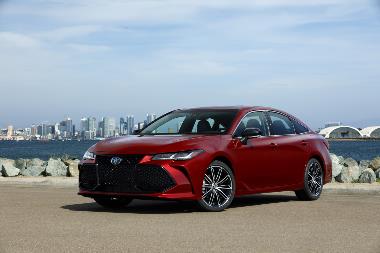
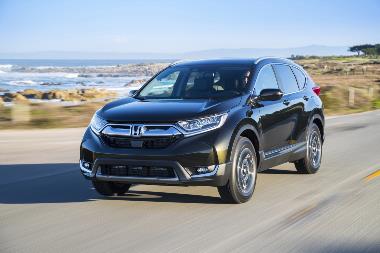

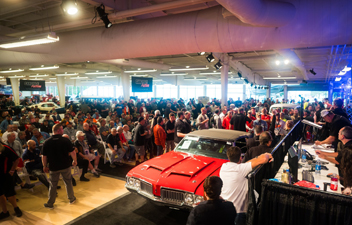
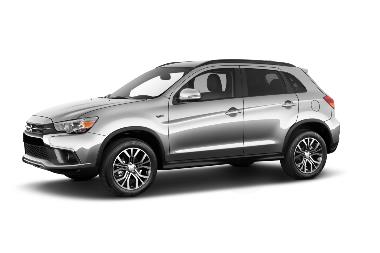
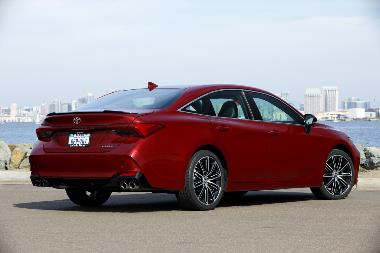
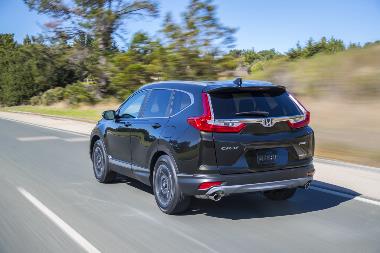
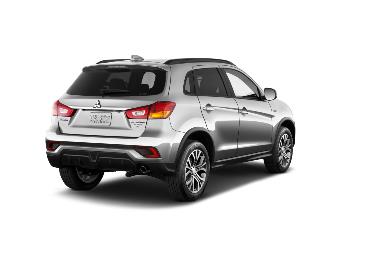




.png?sfvrsn=8cce4cd8_2)



